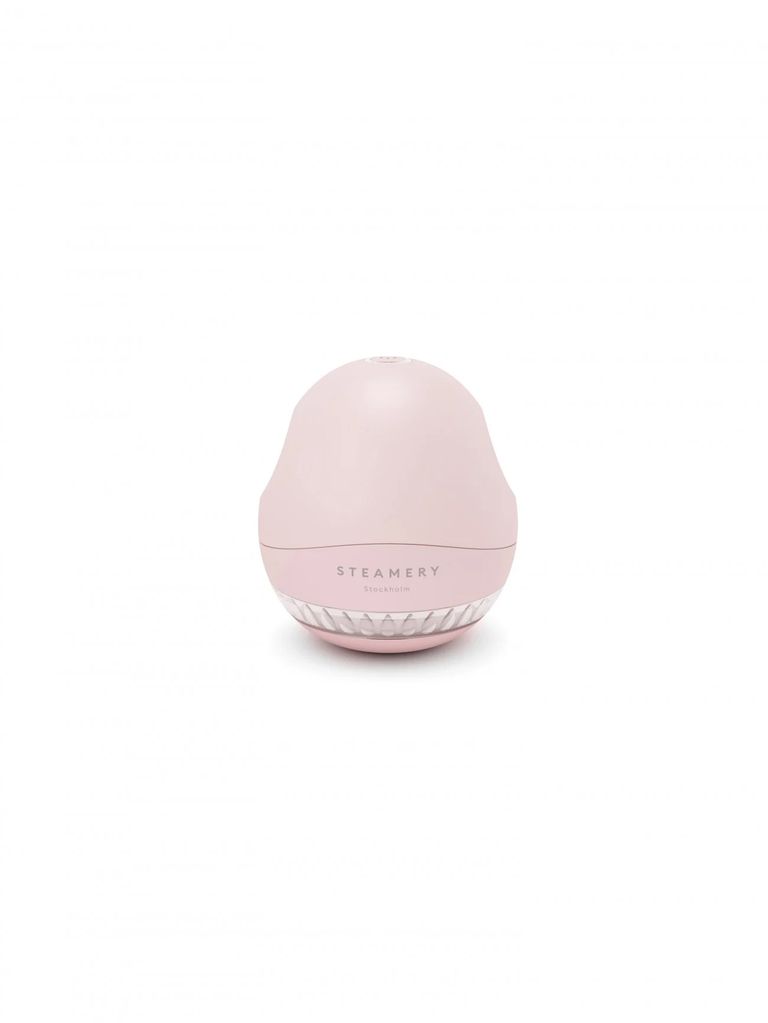Forget ‘shop until you drop’,... ‘care and repair’ is the new go-to, environmentally friendly way to update your wardrobe. Though shopping consciously should be a prerequisite, April 22 marks Earth Day 2023. The occasion is an essential reminder of the adverse effects that the fast fashion industry has on the planet, the changes that need to be made and the small steps that we can take to help.
According to Oxfam, in the UK, 13 million items of clothing are sent to landfill each week. Repairing and reworking garments helps keep them in the loop for longer. "Extending the life of a garment by just nine months decreases its carbon, waste and water footprints by 20%-30% each," explains the charity WRAP. (Waste & Resources Action Programme.)
Layla Sargent founded online repair concierge and tailoring business The Seam in 2020, partially as homage to her grandmother’s lifelong work as a dressmaker, "Growing up with a talented seamstress on demand, I assumed everyone else always fixed their clothes too. It wasn’t until I grew older that I realised that I was in the minority," Layla tells us. Barclaycard found that, "47% of online returns are due to poor fit. Accessible tailoring reduces returns through customised fit."
MORE: Spring fashion 2023: How to recycle your clothes for a spring clear-out according to an expert
RELATED: How to recycle beauty products: the need-to-know guide
"When I moved to London in 2019, I soon discovered the chaos of trying to find a local tailor to alter my clothes. Between the impersonality of high street dry cleaners and the exclusivity of Savile Row, none of the existing offerings felt quite right." In the three years since its launch, they’ve become the official care & repair partner for designer outlets Net-A-Porter, Mr Porter, enabling shopper to extend the lifespan of their items.
“With the fashion industry contributing so much to the climate crisis, owning and wearing each item we buy for longer is the most critical step in reducing waste and lowering emissions,” Layla explains.
"I see care & repair as the lynchpin to the wider circularity model, and by providing our partners access to specialist makers via The Seam, we are helping getting closer to our mission to shape a world where people wear their clothes repeatedly with pride, rather than consume a new piece of clothing for each and every occasion."
So, if a wardrobe malfunction arises, don’t fall apart at the seams or throw the item away. Repair it as best you can at home until heading to a professional...
What is the best way to repair clothing at home?
“We’re confident that most repairs should be tackled by an expert, because we love our clothes, and we want them cared for with skill. However, there are some care & repair tips you can practice at home to keep pieces looking their best.”
How do you remove bobbles from fabric?
"The best method usually depends on the fibre and the yarn size. A chunky cotton knit may be best tackled with a sharp, flat blade pair of scissors. Finer knits, pilling jersey and wool fibres are better suited to fabric shavers like the Gleaner or Steamery’s de-bobbler machine."
How do I replace a button?
“Make sure your new button choices are the same size as the ones you’re swapping out. If they’re smaller, you can add a couple of stitches onto the button hole, to make it narrower, but otherwise you risk the buttons coming undone while the garment is worn.”
“Mark the button placement as you remove the old button, or, if you’re replacing a missing button, locate any remaining threads to mark the placement. Thread a needle and secure the thread on the reverse side of the garment, and do a couple of stitches to add strength before stitching the button. When you’re ready to attach the button, thread your needle up and down through the holes in the button, repeat on the second set of holes if you are working with a four hole button. The number of times you should stitch over the button depends on the width of the holes and the thickness of the thread, repeat the stitch at least 3 times.
“On your last stitch, thread the needle through a hole in the button, but not through to the other side of the material, wrap the thread around the stitching a few times – this method is called a shank, and it protects the threads from getting individually snagged. Finally, pull the needle to the reverse of the garment and make some finishing stitches.”
How do I fix a hole in my clothes?
“We often refer customers to our embroidery specialists when they bring us garments with burns (cigarette or iron) or stains. On materials that can’t be invisibly mended, embroidery offers a most elegant cover for these unsightly damages.”
“Tone-on-tone embroidery, where the thread colour is matched to the garment’s material, looks very subtle, but still intentional, as though the detail was always meant to be there (see example here). More colourful embroideries, turn the existing garment into something entirely refreshed (see example here).”
How do I fix a frayed hem?
“When a hem comes undone, it’s common for the fabric to fray, especially if the material is delicate, like silk chiffon. Most importantly, cease wearing the piece until it can be mended, as fraying tends to get worse while pieces are being worn. Usually, the fix is as simple as re-stitching the hem, and sometimes fusing can be added to prevent delicate threads from coming further out of place. See an example here.”
Like this story? Sign up to our Hello! Fashion newsletter to get your weekly 'Fashion Fix' delivered straight to your inbox.











